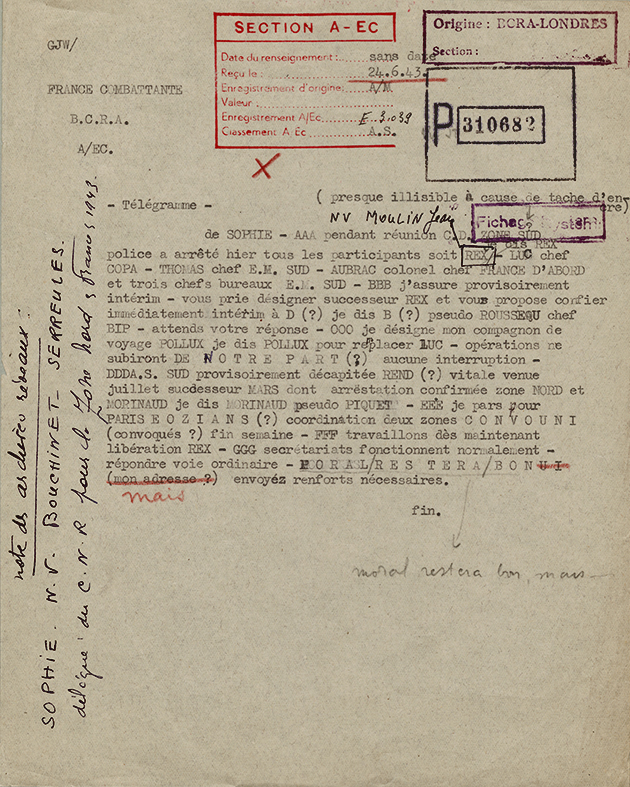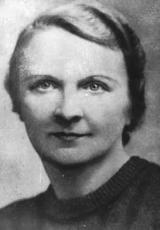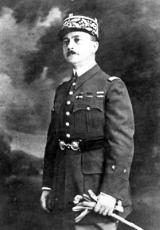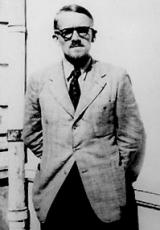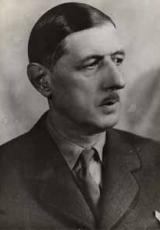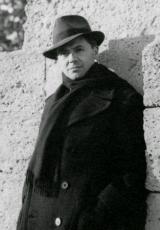Mauvaise nouvelle de France
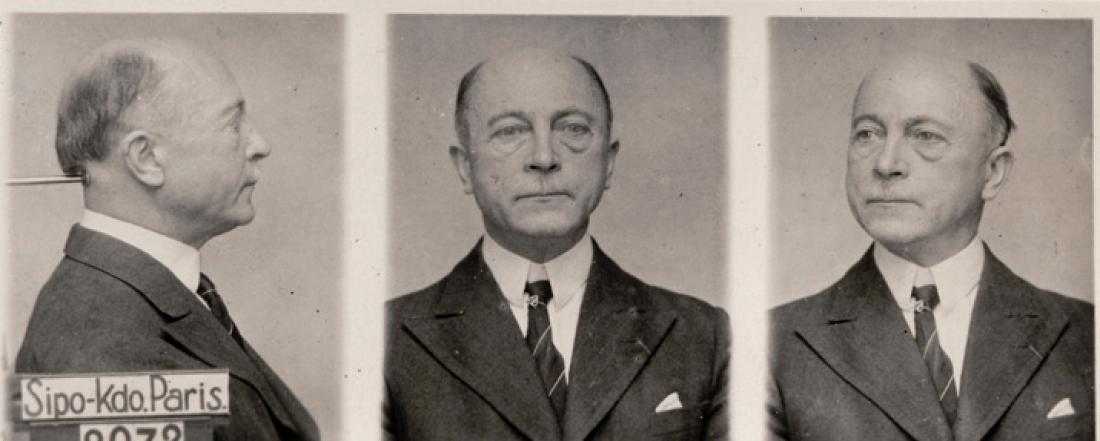
The German services had been on the trail of senior Armée secrète officers since spring 1943. The investigation quickly took them to the La Muette metro station and to Caluire as they reached the top of the ”shadow army”'s leadership structure. After the arrests of General Delestraint, the head of the AS, and Joseph Gastaldo, the deputy chief of staff and head of the 2nd bureau, in Paris on 9 June 1943, the telegram from Claude Bouchinet-Serreules to London reveals the scale of the latest haul by the SIPO-SD and the Abwehr twelve days later, in Caluire.
On 21 June 1943, at the same time as Jean Moulin, General de Gaulle's representative in France, most of the staff of the Armée secrète (AS, Secret Army) were captured: Henri Aubry, chief of staff, André Lassagne, Gastaldo's deputy, Colonel Lacaze, who had been approached to lead the 4th bureau, Colonel Emile Schwarzfeld, tipped to succeed General Delestraint, Bruno Larat, head of the Parachute and Landings Operations Centre, Raymond Aubrac, the military chief of Libération-Sud, and finally René Hardy of the 3rd bureau.
The hunt
The German investigation had begun in Provence, when Jean Multon, a resistance agent who had been ”turned”, caused the arrests of dozens of his former comrades in Bouches-du-Rhône. As the ramifications of his information extended into Rhône, he was made available to the Lyon Gestapo and to Robert Moog, agent K 30 of the Dijon Abwehr, who had been on the trail of Berty Albrecht (arrested on 28 May) and Frenay for several weeks. One goal took priority over all others - to capture the Combat chief and AS military affairs commissioner. The trail of his hideout at the Hôtel de Bourgogne in Mâcon produced no results, but another remained to be pursued: the letterbox of the ”train sabotage section” of the Mouvements unis de la Résistance (MUR, United Resistance Movements) in Lyon. This resulted in the arrest of Marie Reynoard, Hardy's secretary, on 26 or 27 May, and above all the discovery of an unencrypted message describing a meeting to be held between Hardy (under the name of ”Didot”) and the AS chief, General Delestraint (see slideshow) on the morning of 9 June.
Travelling to Paris by train to arrest Delestraint, Multon, accompanied by K 30, recognised Hardy. Moog had him arrested and imprisoned along the route, in Chalon-sur-Saône. Barbie, the chief of the Lyon Gestapo, came to fetch him on 10 June (see From Klaus Barbie to Klaus Altmann). The previous day, at the La Muette metro station at about 9 o'clock, Moog, accompanied by his colleague René Saumande (agent K 4) and probably Hans Kieffer, the head of the SIPO-SD's section IV E, arrested the AS chief. He had prepared the operation with the Abwehr. It also led to the arrests of Gastaldo and Jean-Louis Théobald (under the false name of Terrier), responsible for liaising with the Fighting France delegation. The AS chief, taken with his genuine papers, could not hide his identity. But according to Ernest Misselwitz, the police officer who interrogated him for 50 hours, he ”refused to give the names of his resistance comrades”, ”denied the existence of the AS staff” and answered many questions ”evasively”. Gastaldo was identified, but not Théobald.
One of the two protagonists of the meeting at the La Muette metro station had thus fallen, but the other, ”Didot”, remained to be arrested. One puzzling aspect of the Caluire affair is the date when Hardy was identified as Didot, making it impossible to determine his schedule accurately before Caluire. The only certainty is that his deputy, Max Heilbronn, was arrested on 12 June just after seeing him. Historians agree that Hardy saw his superiors at Combat again, and they asked him to attend the Caluire meeting. But however they got there - informed by Hardy, by following him and/or trailing other participants at the meeting - Barbie and his men also managed to invite themselves along, with the results we have already seen (see slideshow).
Berlin in the know
While both Barbie and the Abwehr claimed a key role in the capture, the role of the Sonderkommando sent especially from Berlin at the end of May to bring down the AS is rarely mentioned: it is, however, essential, and shows that even the highest levels of the Nazi security services could not be unaware of the key stages in the affair. This makes it very probable that Barbie quickly reported on the dragnet operation to his superiors in Paris. A report from the regional head of General Intelligence in Lyon dated 24 June, based on information supplied by the Gestapo services, indicated that Aubry, Lacaze, Lassagne and Schwarzfeld had been identified. Two days later, all four were interrogated at the Gestapo's Paris base. Aubry talked, describing Moulin's role and the structure of the AS and providing information about several senior Resistance figures. ”Max”, i.e. Jean Moulin, was then identified, if he had not already been identified a few hours earlier during the interrogations conducted by Barbie in Lyon. On the evening of 28 June, he was transferred to Paris, where he was interrogated again, confronted with the other men arrested in Caluire and doubtless tortured further. In a sign of his importance, he was not kept in France - on the evening of 7 July, he was transferred to Berlin. He died on the journey.
Thomas Fontaine
Historian, research associate at the Twentieth-Century History Centre, Paris 1
FOR MORE INFORMATION
The arrest of the senior AS staff is covered in the individual files of René Hardy, Robert Moog and Jean Multon (see also Klaus Barbie's interrogation report, reproduced on page 85). These files will be classified under sub-series GR 28 P 9.
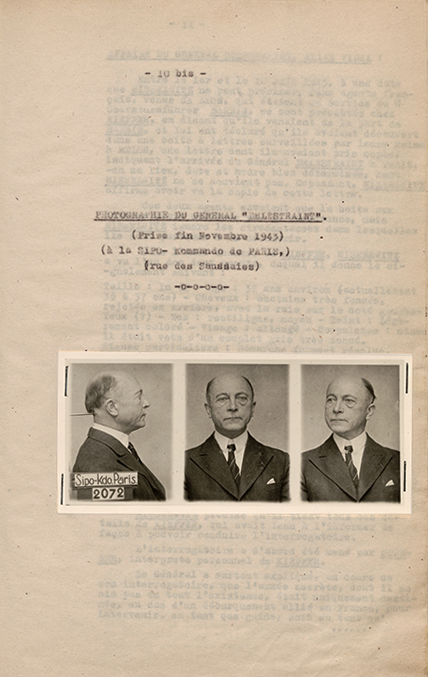
Général Delestraint, novembre 1943.
© SHD
